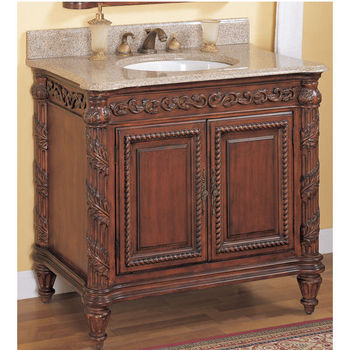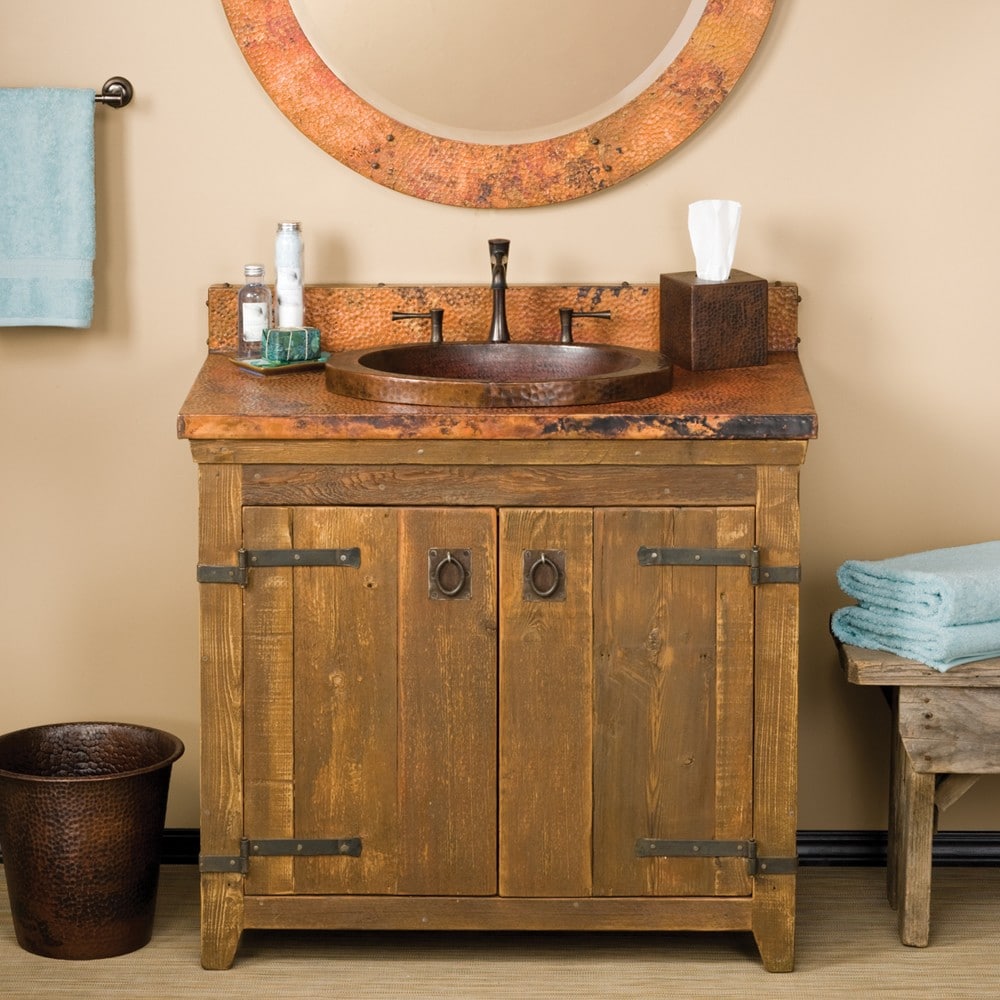Custom work matches the finish and the wood with the size as well as detail you need in the custom bathroom cabinets of yours. As wall hung cabinets are raised out of the floor they instantaneously free up that useful floor space to genuinely maximise the space available in a compact bathroom or even tiny en suite bathroom.
Images about Tuscan Bathroom Cabinets

Just before getting a cabinet with two-fold doors, it's recommended to check out that each door can open perfectly within the area of the bathroom of yours without banging into other vanities – consequently double door cabinets might not be a good choice for smaller bathrooms or compact en suites.
42″ Tuscany Bathroom Vanity

Furthermore, with customized cabinets in your bathroom you can choose the type of wood, color, and finish, so that it increases the look of your bathroom. You not just have to know the height of the cabinet you need, though you are going to have to determine the degree of the cabinet region too.
36 Single Bathroom Vanity Set

They're available at prices which are affordable, they are versatile with a wide range of choices and features out there and can be selected to match any bathroom whether small or large. They act as an ideal accessory and most feature a very important mirror that every bathroom should have. As many cabinets are able to assess more than 1.
35 inch Bathroom Vanity Tuscan Style Hand Painted Dark Vintage

Bathroom Vanities – 24u0027u0027 Tuscany Vanity by Empire Industries

60″ Tuscany Tan Double Sink Bath Vanity

32″ Tuscany Teak Bathroom Vanity

72″ Tuscany Tan Bathroom Vanity

Tuscany 60-inch Double Vanity with Carrara Marble Top

Glazed Cabinets in Casual Bathroom – Kitchen Craft Cabinetry

36 Single Ornate Bathroom Vanity Set

32″ Tuscany Tan Bathroom Vanity

50 Most Popular Bathroom Vanities for 2021

Americana 36-Inch Reclaimed Wood Bathroom Vanity Base Native Trails

Related Posts:
- Double Sided Mirror Bathroom Cabinet
- Bathroom Cabinet Height Code
- Victorian Bathroom Cabinet
- Staining Bathroom Cabinets Without Sanding
- Bathroom Cabinet On Legs
- Natural Hickory Bathroom Cabinets
- Revolving Bathroom Cabinet
- Using Chalk Paint On Bathroom Cabinets
- Birch Bathroom Cabinets
- Solid Wood Wall Mounted Bathroom Cabinet